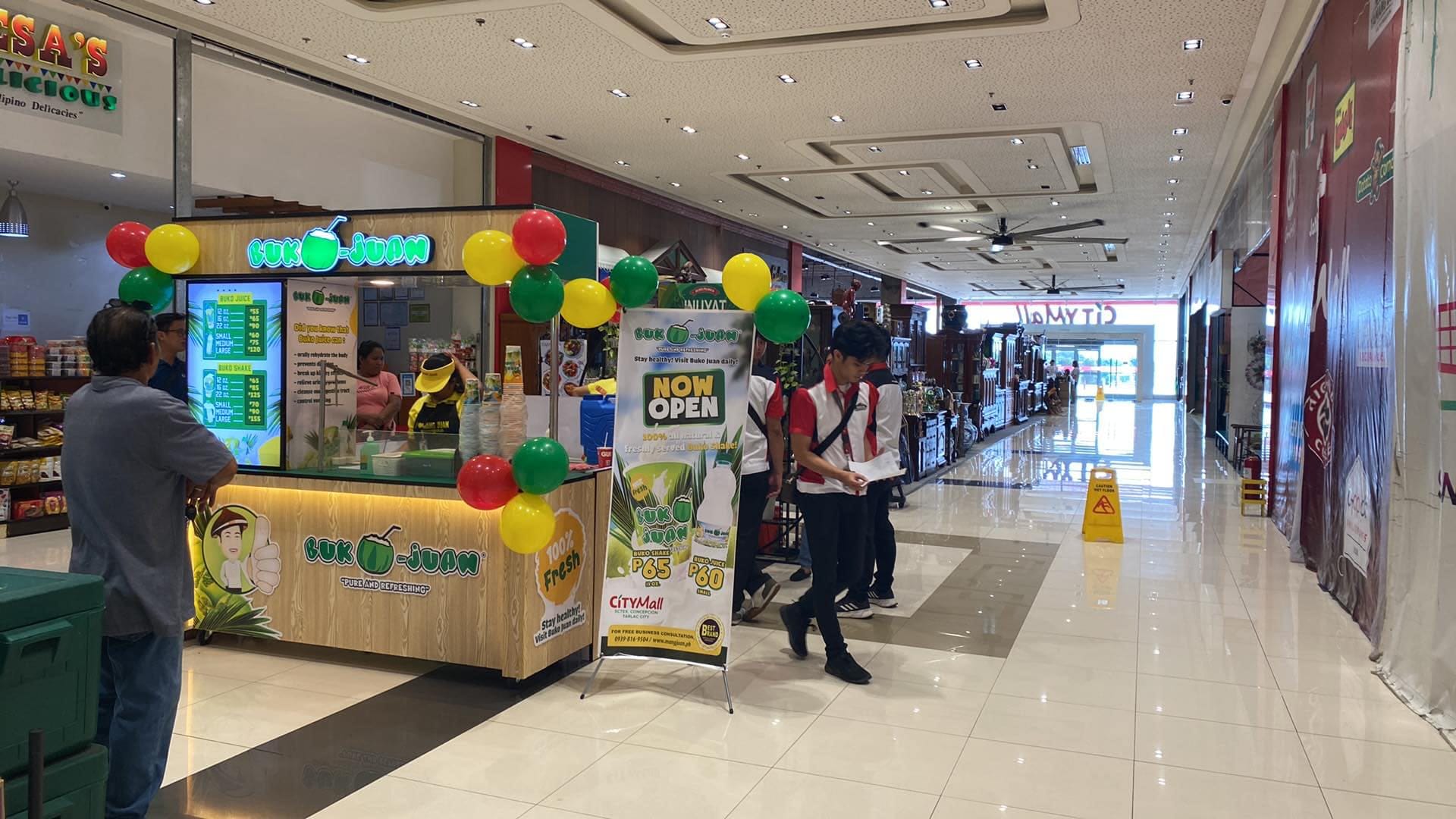
Buko Juan Food Cart Franchise Success Story: Lessons from a Filipino Entrepreneur
In the thriving world of food cart businesses in the Philippines, Buko Juan stands out as a true success story. Known for its refreshing buko-based beverages, Buko Juan has quickly become a favorite among Filipinos seeking delicious and healthy alternatives to sugary drinks. But the journey of Buko Juan is more than just about selling coconut drinks—it’s a story of perseverance, innovation, and entrepreneurial success.
This article explores the inspiring journey of Buko Juan’s founders, highlights the lessons they learned along the way, and provides valuable insights for aspiring entrepreneurs interested in the food cart business. If you’re looking for inspiration to start your own food cart franchise, this story is for you.
The Rise of Buko Juan Food Cart: A Refreshing Idea
The idea behind Buko Juan was simple yet innovative—offering natural, buko (coconut) juice with a twist. The founders saw a gap in the market for healthy, affordable, and refreshing drinks that could cater to the growing demand for healthier food options. Coconut juice has long been a staple in the Philippines, and Buko Juan tapped into that nostalgic connection while modernizing the product by adding flavors and packaging it in an appealing way.
Starting as a small food cart in local malls and public areas, Buko Juan quickly gained popularity for its high-quality, refreshing drinks made from fresh coconuts. The brand’s commitment to sustainability, natural ingredients, and health-conscious products resonated with consumers, making it a standout choice in the competitive food cart franchise industry.
Lesson 1: Innovation in Tradition
Buko Juan Food Cart took a traditional product and added a modern twist. This innovation allowed them to attract a wide range of customers, from health-conscious individuals to those simply looking for a refreshing drink.
Takeaway: You don’t need to reinvent the wheel to succeed. Sometimes, taking a beloved local product and adding a new twist can be enough to capture the market’s attention.
Overcoming Challenges: Staying Resilient
Like any business, Buko Juan Food Cart faced its fair share of challenges. From sourcing fresh ingredients to maintaining consistent product quality across multiple locations, the founders had to tackle numerous obstacles. Additionally, operating in a competitive market where many food cart franchises are vying for attention, Buko Juan Food Cart had to differentiate itself with unique branding and consistent service.
However, the company’s dedication to quality and customer satisfaction helped them overcome these hurdles. They maintained strict quality control, ensuring that each drink served met their high standards. Moreover, the brand’s appealing, fun image and commitment to sustainability helped them stand out from other food cart franchises.
Lesson 2: Quality is Key
Buko Juan’s success lies in its commitment to consistently delivering high-quality products. No matter how many locations they opened, they ensured that every cart maintained the same standards.
Takeaway: Consistency in quality is essential for growth. Customers appreciate businesses that provide reliable products and services across all locations.
The Franchise Model: Empowering Aspiring Entrepreneurs

One of the most significant milestones in Buko Juan’s journey was its expansion into franchising. By offering affordable franchise packages, Buko Juan enabled other aspiring entrepreneurs to join the business and experience the same success. This franchise model allowed the company to grow rapidly across the Philippines, with franchisees benefiting from the brand’s established reputation and operational support.
Buko Juan’s low-cost franchise opportunities made it accessible for small investors, offering a fantastic entry point for those who wanted to start their own food cart business. The franchise also provided training, marketing assistance, and operational guidelines, ensuring franchisees were set up for success.
Lesson 3: Franchising for Growth
Franchising allowed Buko Juan Food Cart to grow quickly and reach new markets. By creating an affordable and attractive franchise model, they empowered others to join their success story.
Takeaway: If you want to grow your business rapidly, franchising can be an effective way to expand while allowing other entrepreneurs to share in your success.
Building a Strong Brand
Buko Juan’s success is also due to its strong branding. The brand is easily recognizable with its vibrant green and white colors, friendly mascot, and catchy slogan. They’ve built a brand that represents freshness, health, and sustainability—values that resonate with today’s consumers.
Furthermore, Buko Juan effectively uses social media to connect with their audience. They regularly post promotions, customer testimonials, and engaging content, helping them stay top of mind for their target market.
Lesson 4: The Power of Branding and Marketing
A strong, consistent brand can make all the difference in a crowded market. Buko Juan’s recognizable branding and smart marketing efforts helped it stand out from the competition.
Takeaway: Invest in building a brand that people can connect with emotionally. Use social media and other marketing channels to engage with your audience and promote your unique values.
Lessons for Aspiring Entrepreneurs

Buko Juan’s story offers valuable lessons for anyone looking to succeed in the food cart business or any small business ideas. Here’s a quick recap of the key takeaways:
- Innovate with Tradition: You don’t have to start from scratch. Find ways to improve or modernize existing products that people already love.
- Maintain Quality: Consistency is crucial. Ensure that your products or services meet high standards, no matter how many locations you operate.
- Leverage Franchising: If done right, franchising can be a powerful tool for growth. Create an affordable, accessible model that empowers others to succeed.
- Build a Strong Brand: A memorable brand identity and smart marketing efforts can help you stand out from the crowd. Build a brand that resonates with your audience and reflects your values.
Conclusion: The Future is Bright
Buko Juan’s success story shows that with the right idea, a commitment to quality, and a well-executed franchise model, small businesses in the Philippines can achieve significant growth. Whether you’re thinking about starting your own food cart franchise or looking for small business ideas, there’s much to learn from the journey of Buko Juan.
Their story proves that with hard work, innovation, and a customer-first approach, you too can turn a simple idea into a thriving business.



